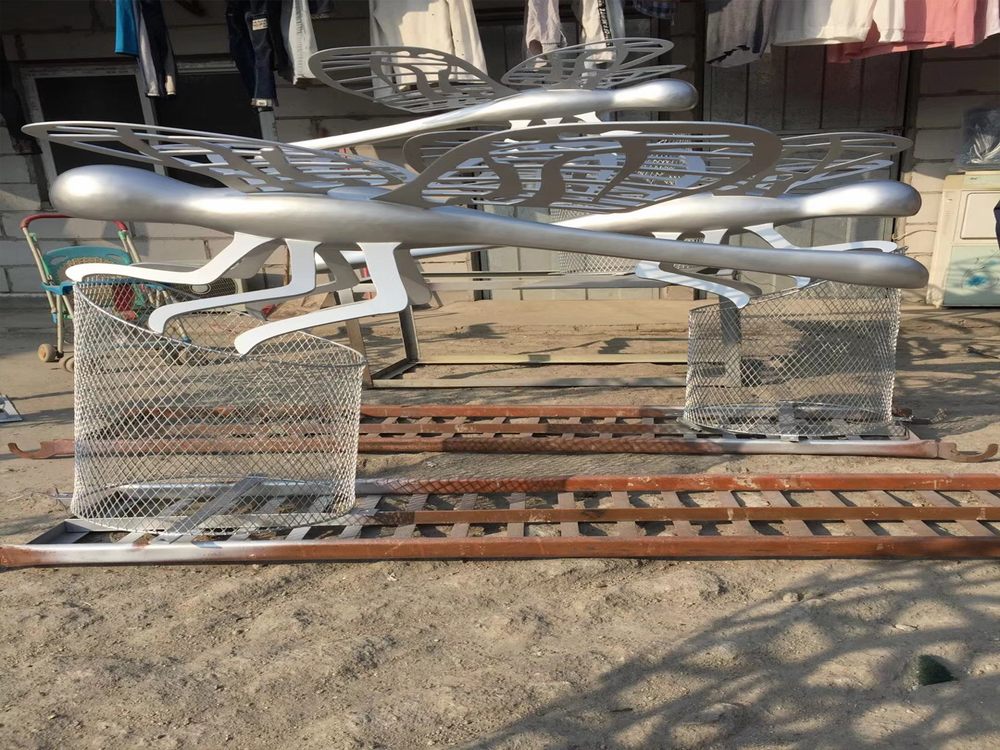
Creating harmony between a sculpture and its architectural setting requires a thoughtful blend of artistic vision and technical precision. Artists often begin by considering the scale and proportion of the sculpture relative to the surrounding space. A well-placed sculpture should neither overwhelm nor disappear within its environment, but instead complement the architectural lines and forms.
Material selection plays a crucial role in achieving this balance. For instance, a bronze sculpture might echo the warm tones of a brick facade, while a sleek marble piece could mirror the polished surfaces of a modern building. Texture and finish also contribute to visual cohesion, ensuring the sculpture feels like an organic extension of the architecture.
Another key factor is spatial arrangement. Artists analyze sightlines and movement patterns to position sculptures where they can engage viewers dynamically. A sculpture placed at a courtyard’s center might draw the eye upward, while one nestled in a niche could invite closer inspection. Lighting, both natural and artificial, further enhances this relationship by highlighting textures and casting deliberate shadows.
Contextual relevance ties everything together. Whether referencing historical motifs or embracing contemporary minimalism, the sculpture should resonate with the architectural narrative. By mastering these elements, artists transform standalone artworks into harmonious dialogues with their surroundings.

